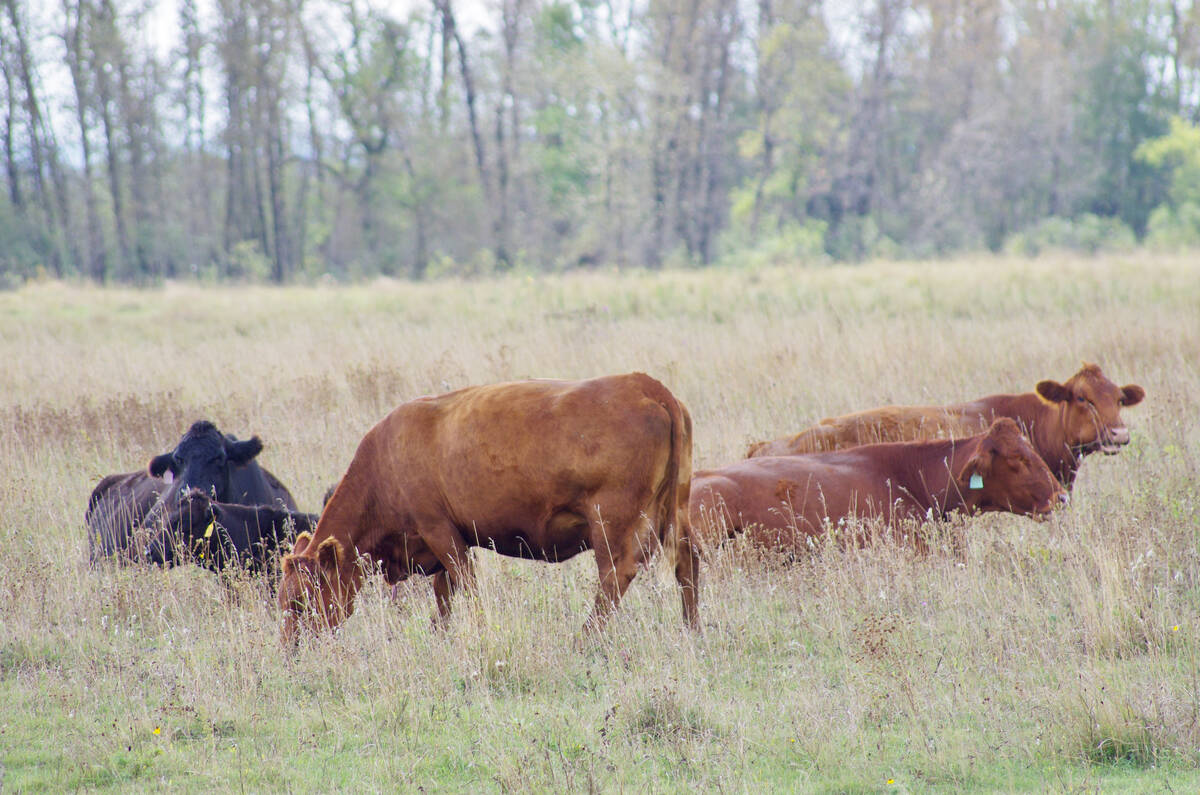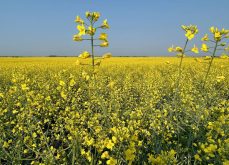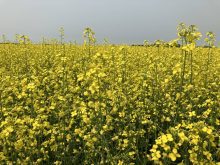Glacier FarmMedia | MarketsFarm — Depleted supplies of old crop canola and continuing export demand will lift the July contract on the Intercontinental Exchange even higher, said a Winnipeg-based trader.
Tony Tryhuk of RBC Dominion Securities cited a need to ration demand as another reason for old crop canola to appreciate in value in the short term, adding that current prices are encouraging farmers to “sweep out the bins.”
“I remain quite friendly to this market despite the fact we’ve rallied from C$570 (per tonne) to C$720 in a couple of months,” Tryhuk said.
Read Also

U.S. livestock: Chicago cattle futures climb on post-Thanksgiving trade
Chicago | Reuters – Chicago Mercantile Exchange’s live and feeder cattle futures ticked up on Friday in a day of…
As for new crop contracts, he thinks July’s momentum will pull them upward as well.
“The (new crop) market I believe will start running into resistance around that C$700 mark, but in the meantime, as long as the July wants to continue to march forward, November will be pulled along with it,” Tryhuk explained. “We believe that if ending stocks end up being quite snug for this marketing year … it doesn’t leave very much cushion going into next year should there be any supply disruptions.”
Worries over tariffs from China and the United States, as well as speculation over the latter’s biofuel policy are still risks for the canola market. But those risks are moving into the background, Tryhuk added.
One concern he has though is the historically large premium canola has over soybeans, which Tryhuk said was C$180/tonne. This could limit canola demand and provide less incentive for the oilseed to follow the Chicago soy complex.
“Even if soybeans do rally, canola doesn’t have to keep pace with that U.S. movement,” he said.
Another potential limiting factor for canola prices is recent rainfall on the Prairies last weekend, which followed drier temperatures and early seeding in some areas.
“It was a good, steady 24 hours of rain,” Tryhuk said. “The season started out wet enough in Alberta and Saskatchewan in terms of soil conditions. So I think we’re off to a really, really good start.”
















